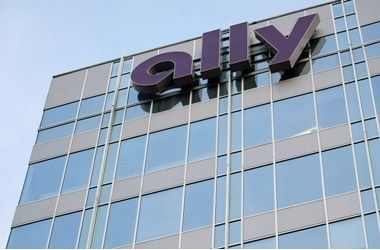Ally Financial launched a long-awaited US$2.7bn IPO last Thursday that will allow the US Treasury to fully recoup its bailout-era investment and significantly reduce its holdings in the company.
The IPO consists of 95m shares being sold solely by the Treasury, representing 20% of Ally, in a marketing range of US$25–$28. The Treasury’s stake, one of its last large bailout investments outstanding after the financial crisis, will fall from 36.8% to 14.1%, assuming exercise of the greenshoe.
The Treasury has already recovered US$15.3bn, or 89%, of the US$17.2bn extended to Ally during the crisis, and the NYSE IPO should ensure it emerges from the bailout with a profit.
Citigroup, Goldman Sachs, Morgan Stanley and Barclays are joint global co-ordinators and joint bookrunners on the IPO, while Bank of America Merrill Lynch, Deutsche Bank and JP Morgan are joint books. The offering is expected to be priced on April 9.
The underwriting syndicate is leaving little to chance.
The IPO values the former General Motors auto finance arm at US$13.5bn, or slightly above book value. That compares with a median of 1.6 times for a broad cross-section of pure banking comps such as Capital One, PNC, US Bancorp and SunTrust.
The discounted marketing strategy provides flexibility on pricing but a key challenge with be dealing with stock overhangs.
“People will want to understand the different liquidity triggers”
Apart from the Treasury’s holding, there is a significant overhang from existing shareholders that have acquired major stakes through a series of private placements completed over the past two years. In November 2013, Ally raised US$1.3bn to boost Tier 1 funding; in December 2013, GM sold its remaining 8.5% stake for US$900m; and in January, the Treasury collected US$3bn on a secondary sale. The private rounds were completed at split-adjusted prices of US$19.35, US$21.77, and US$23.79, respectively.
“People will want to understand the different liquidity triggers. There are different restrictions on different rounds,” said one ECM banker. “Some will be sellable on day one.”
Ally traded on Thursday in the OTC markets at a split-adjusted price of US$27.34.
Ally and its executives have agreed to a 180-day lock-up, though the Treasury and Cerberus Capital Management, which hold an 8.6% stake that dates back to 2006, agreed to a lock-up of 120 days. However, other private investors, including Dan Loeb’s Third Point, a 9.5% holder, are believed to be free to sell immediately.
Ally first filed to go public in March 2011 with the same top four banks named, but regulatory and restructuring issues have long dogged the process. Last week’s Federal Reserve approval of Ally’s capital plans was the trigger for the IPO to finally move ahead.
Ally does not plan to pay a dividend on its common stock.
